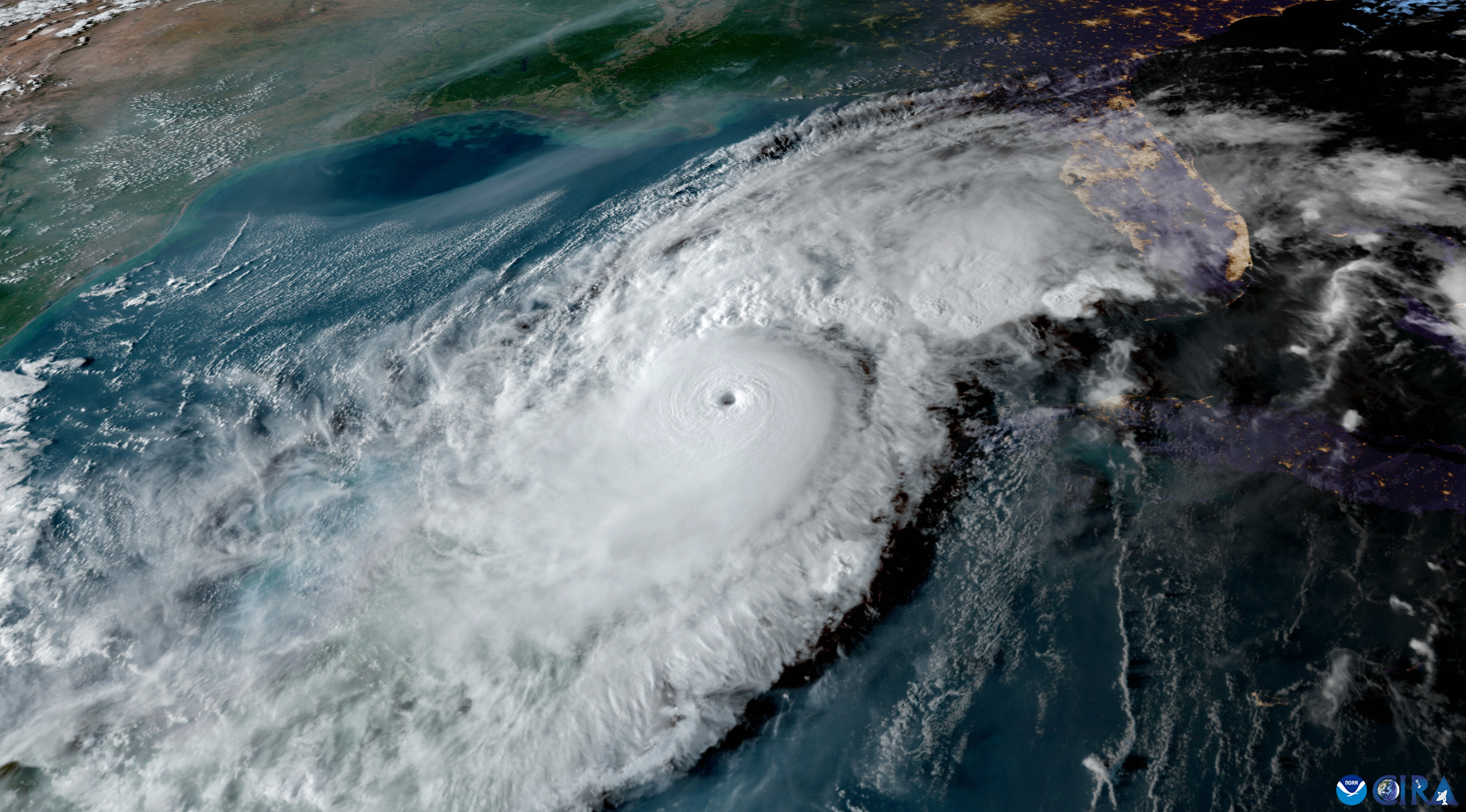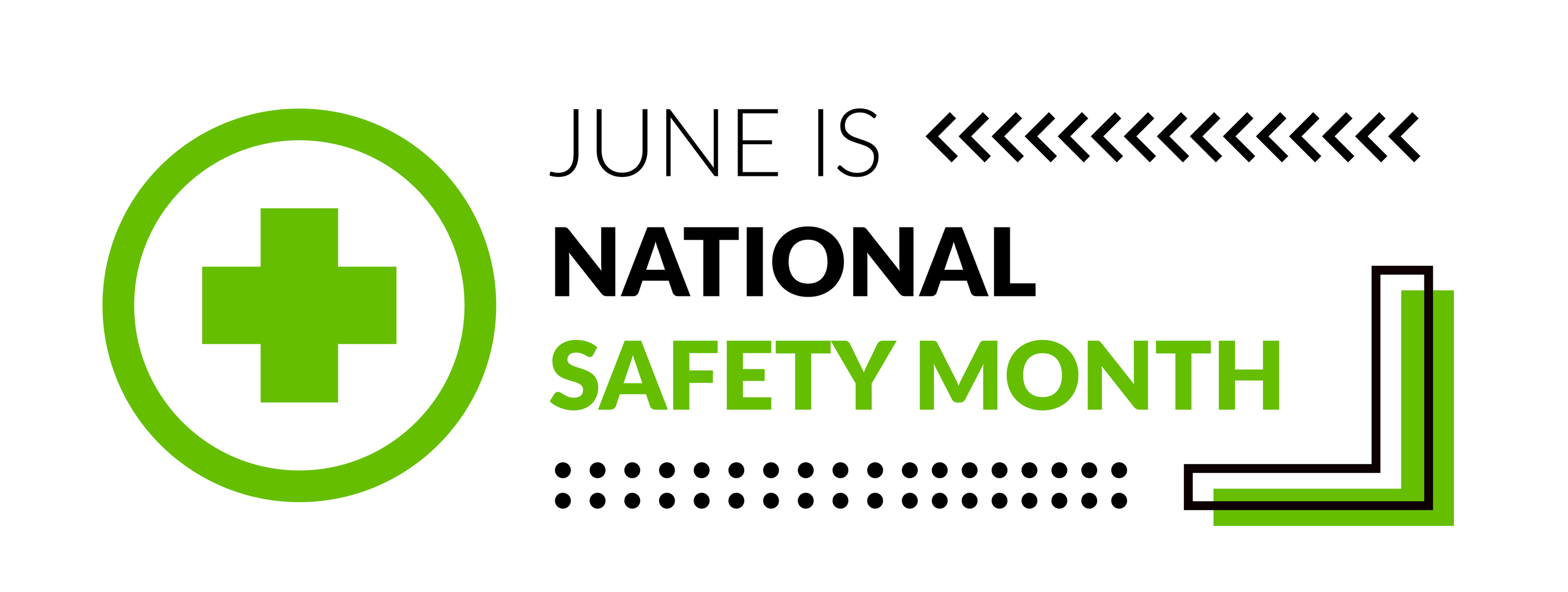Despite the best planning and prevention, accidents will still occur on construction sites. However, a carefully implemented fall protection plan can be the difference between life and death. A client recently experienced this firsthand when a worker fell through a roof the team was working on.
Several weeks before the incident, I met with the client’s risk manager to review the worksite and evaluate the options for fall protection. After careful consideration, the company decided to purchase a horizontal lifeline system because the work was to take place on a roof. The fall protection program was developed and submitted to the general contractor for acceptance, and a rescue plan was put in place. The workers were trained on the set up, use and inspection of the system, as well as the use of the full body harnesses and lanyards. Each day, workers were reminded to tie off immediately when stepping on the roof to begin work. The risk manager “checked” every box to ensure the team’s safety.
One day after a worker tied off on the horizontal lifeline system, he stepped on the roof, moved in the opposite direction of the worksite, and fell through, hanging 18 feet above the floor below. He was rescued in less than five minutes, was medically evaluated despite refusing treatment and was able to resume work the next day with absolutely no injuries.
This story could have had a very tragic ending had the company’s risk manager not been so thorough in implementing safety procedures and conducting trainings. Thanks to the company’s proactive approach, the worker that fell is safe and healthy, but this is not always the case.
According to the Bureau of Labor Statistics, in 2014 there were 359 fatal falls out of 899 total fatalities in construction. These incidents are traumatic for companies, their employees and the families of the victims. If a company was not following proper procedures at the time of the fall, even if it wasn’t fatal, OSHA will slap on a hefty fine, too. Falls are the leading cause of death in construction. However, as we saw in the scenario above, injuries and fatalities are completely preventable with the proper steps: planning, training and supervision.
Creating a Fall Protection Plan
Step #1: Planning
Before even stepping onto a construction site, a proper plan should be in place to ensure employee safety. Pre-planning involves evaluating the task at hand, determining the risks involved, and identifying the right construction and safety equipment to use.
Depending on the job and how it will be completed, different tools will be required and, therefore, different risks involved. When it comes to working from heights, the equipment used depends on the environment. Some worksites may call for a horizontal lifeline, like my client’s did, while others may require a guardrail system. Being fully knowledgeable of the equipment differences could be the difference between life and death. An often overlooked element of a fall prevention program is the rescue plan, which must be included to ensure the safety of all workers.
Step #2: Training
Once the risks are determined, the safety equipment is selected and the fall prevention program finalized, employees must be properly and thoroughly trained. A comprehensive training should cover the setup, care, use, maintenance and inspection of the safety system. Additionally, employees should be trained in hazard recognition to identify issues with the equipment. For example, a defective harness might go unnoticed by an untrained employee that could result in an incident on-site.
In the event safety equipment is used, employees must be trained on the rescue plan. It is imperative that an employee is promptly rescued in the event of a fall.
While it may be intuitive thinking to train employees well in advance on equipment handling, it’s best to conduct training shortly before employees get started on-site so it remains fresh in their minds throughout the execution of the job.
Step #3: Supervision
The best training could be all for naught if safety procedures are not enforced on-site. It’s the responsibility of the supervisor to make sure employees are following safety protocols and to retrain those who are not.
While the supervisor bears a great deal of responsibility, the company is inevitably liable in the event of an accident. Accidents on a construction site are tragic in and of themselves, but even a near miss can warrant a fine from OSHA. Be sure your company is aware of OSHA’s rules, regulations and best practices, and that company policy is communicated to all employees.

Philadelphia, PA, 19102



EB.jpg)



